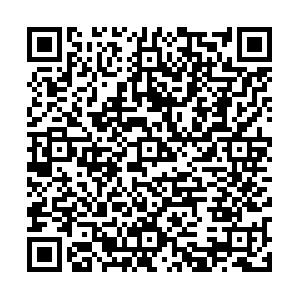A study on correlation of waist and waist-height ratio and hyperlipidemia among patients in Guiyang weight management program
-
摘要: 目的 评价体质指数(body mass index,BMI)、腰围、腰身比和体脂肪率与高甘油三酯血症的关系及其筛检价值。方法 收集2015年2月~12月贵州医科大学附属医院体重管理门诊患者119例。检测身高、体重、腰围、体成分及血脂水平。采用受试者工作特征曲线(receiver operating characteristic curve,ROC)法分析BMI、腰围、腰身比、体脂肪率对甘油三酯超标的筛检率,用曲线下面积(area under curve,AUC)表示。采用多重线性回归分析探讨BMI、腰围、腰身比和体脂率在不同人群中与甘油三酯超标的关系。结果 在女性患者中,腰围和腰身比的AUC高于BMI和体脂肪率(均有P<0.05);男性患者中,腰身比的AUC最大。在女性和男性中,腰身比和腰围高的患者发生甘油三酯超标的风险均高于腰身比和腰围低的患者(均有P<0.05)。结论 腰围和腰身比对高甘油三酯血症的筛检价值优于体脂肪率和BMI。Abstract: Objective To investigate the correlation of body mass index (BMI), waist crrcumference (WC), waist-height ratio (WHtR) and percentage of body fat (BF%) with hyperlipidemia for evaluation of screening values. Methods A total of 119 outpatients under the weight management program in the Affiliated Hospital of Guizhou Medical University from February to December 2015 were included in this study. Height, body weight, waist, body composition and blood lipid level were detected. The receiver operating characteristic curve (ROC) was used to analyze the screening rate of BMI, waist, WHtR and BF% on hyperlipidemia with area under the curve(AUC). Multiple linear regression analysis was used to investigate the association between hyperlipidemia risk and these four indicators. Results The AUC of waist and WHtR were greater than BMI and BF% in female (all P<0.05), WHtR was of greatest AUC in male. Patients with greater waist and WHtR had higher risk of hyperlipidemia (all P<0.05). Conclusions The waist and WHtR are better screening indicators for hyperlipidemia as compared with BF% and BMI.
-
Key words:
- Adiposity /
- Hypertriglyceridemia /
- Linear models /
- Epidemiologic methods
-

 点击查看大图
点击查看大图
计量
- 文章访问数: 433
- HTML全文浏览量: 36
- PDF下载量: 20
- 被引次数: 0



 下载:
下载: